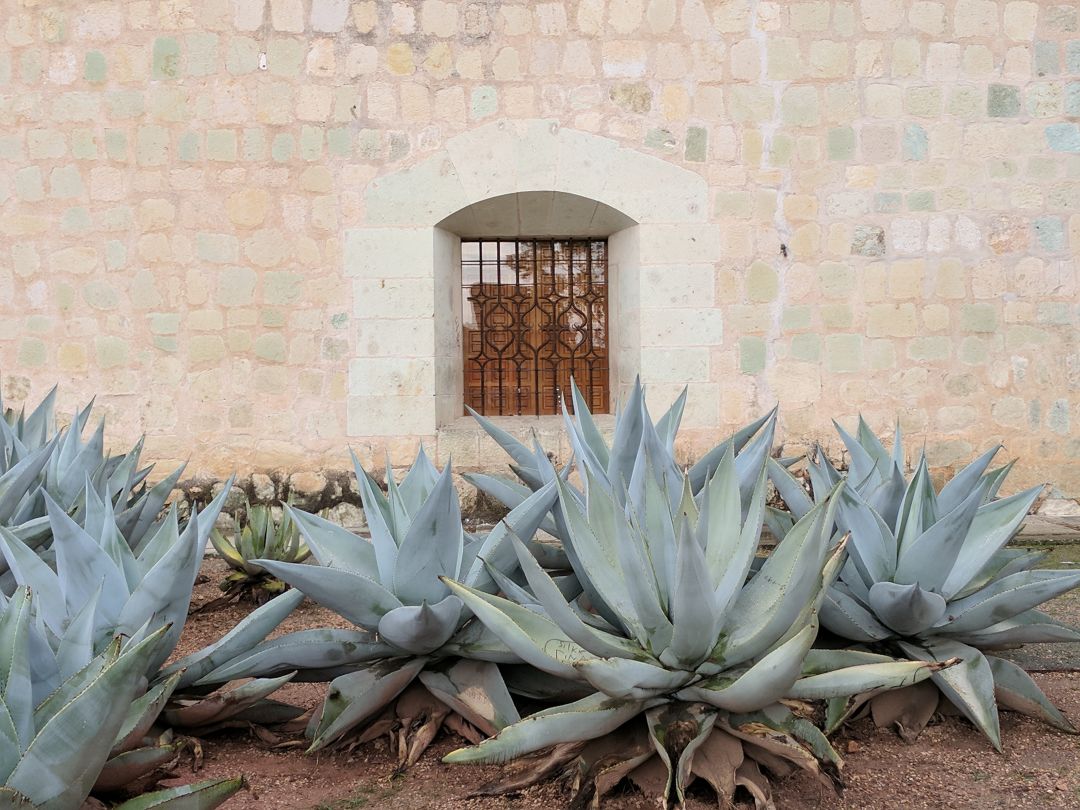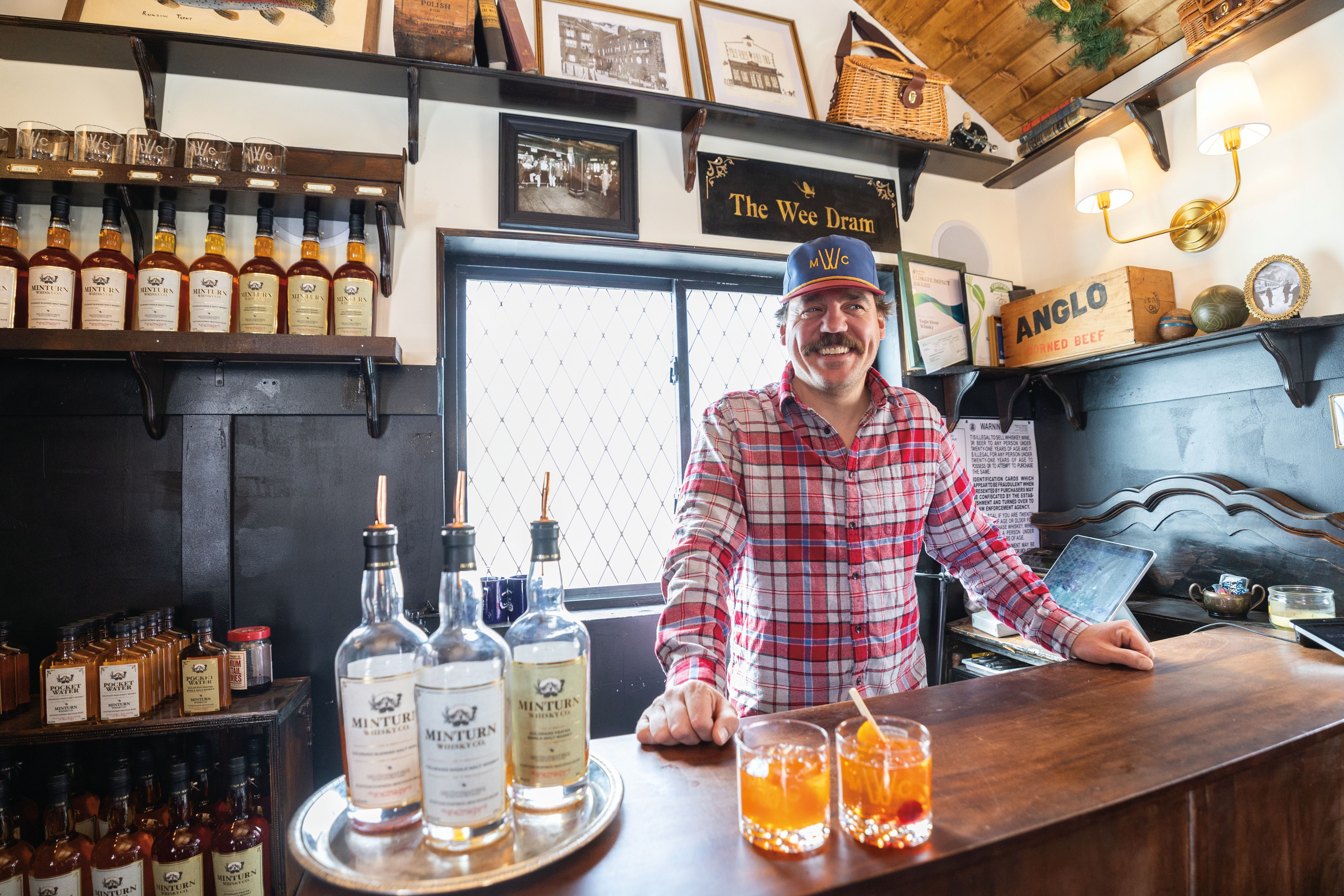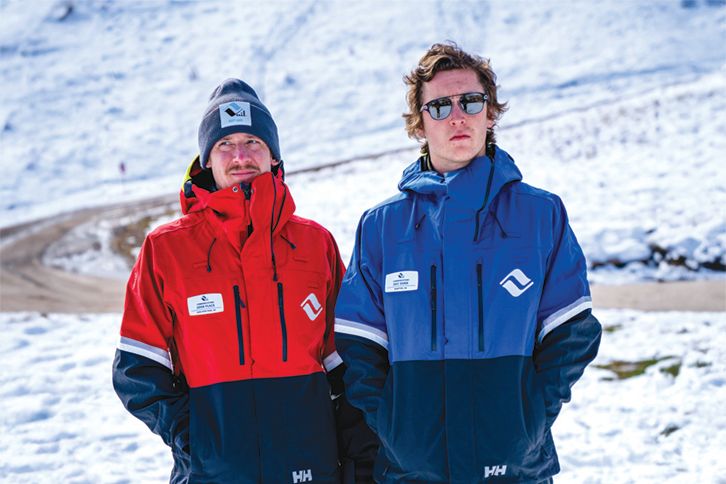Everything You Need to Know About Mezcal

Agave plants in Oaxaca, Mexico.
Image: Shutterstock
Whether you're a regular cocktail connoisseur at our local watering holes, or you happen to frequent the hottest bars of New York and LA, you've most likely come across mezcal—a smoky, agave-based spirit from south of the border that's commanding a larger share of bar shelves across the country—our happy valley being no exception. The New York Times recently documented this trend in "Whatever the Cocktail, They're Ordering It With Mezcal," an article that describes a wave of bar-goers foregoing the "G" in G & Ts and the signature ingredient of bourbon-based Old Fashioneds with—you guessed it—mezcal. So, what gives?
Vail Village wine bar Root & Flower traces its love affair with mezcal to a tequila tasting trip to Jalisco in 2016. As Root & Flower co-owner and sommelier Jeremy Campbell tells it, he and fellow owner Sam Biszantz walked into a tequila bar looking to try some local liquors. Biszantz ordered a pour of tequila, and Campbell a taste of mezcal. After the barkeep slammed down a shot glass and filled it to the brim with the former, Campbell describes a process of slicing and salting oranges, arranged meticulously around a small, ceramic cup filled with mezcal, and being instructed to smell and sip and taste and savor. Having been in the world of wine and spirits for some years, the two were familiar with the taste—but the presentation, aesthetics, and complexities from their experience opened up a new dimension (and passion) for Mexico's beloved liquor, and led them to order their own ceramic tasting glasses (and stock fresh oranges for slicing and a bottle of sal de gusano—we'll get to that later) to repeat the same process for anyone who wanders into their bar and expresses a curiosity about mezcal.
First things first—what's the difference between mezcal and tequila?
A smoky profile versus a clean, agave taste (and a few other details). First off, while both spirits derive from agave plants grown in Mexico, tequila is produced exclusively from blue weber agave (also called agave azul), which is often cultivated and farmed for mass production. Mezcal, on the other hand, can come from any type of agave plant, often foraged. Both varieties, once harvested, are stripped of their spiny leaves down to a pineapple-shaped core, called a piña. The fundamental difference in the taste (and the driving force behind mezcal's smoky characteristics) comes from what happens next. "The real diversions between tequila and mezcal happen in the roasting process," explains Campbell. "So, for tequila you’re going to use essentially a steam oven, and really the goal is to roast it clean so you just get that pure expression of the agave. With mezcal they roast it in a fire pit, and they cover it with hot coals and they let it sit there." And the result?
"The only thing that really makes them the same is that they come from agave," he goes on. "I kind of compare mezcal to how I think of Scotch, just because of the complexities and the way you drink it compared to tequila, which is a little bit more streamlined and conventional. It’s kind of like with a really good tequila you're really tasting that pure expression of an agave plant that's marked by cleanness and smoothness, versus mezcal, which is really about character. It’s about rawness and grit, and it’s more interesting at the end of the day."
So, how do you drink it?
Mezcal cocktails might be all the rage, but to really experience mezcal you'll have to transport yourself back to Jalisco—or at least stop in to Root & Flower and let them do that part for you. The bar stocks wide-mouthed, shallow ceramic cups so the alcohol has a chance to expand and show off its different profiles as you inhale the aromatics. Next, they fan thinly sliced oranges on a small serving board and sprinkle sal de gusano—a seasoning straight from Oaxaca that translates to "salt of the worm"—over the fruit. And yes, it does have crushed up worms in the mixture (the same kind that like to hang out on the agave plants before they're harvested—although, the story of the worm in the bottle is a bit antiquated at this point), but the flavor profile offers a bit of savoriness to pair with the tang of citrus. Guests are encouraged to enter into "a dance with the spirit," where sniffing, sipping, and biting on oranges is all part of the experience to really let the unique flavor profiles speak to your palate—much in the same way you might swirl, sniff and savor a pour of an exceptional Cab. But does it really make that much of a difference? "There’s this whole range of fruit and earthy components so in some ways it’s very wine-like," says Campbell. "But with the whole process of tasting it with the oranges and out of the special glass we wondered, 'Really? Is that just tradition or is it really better?' And it really drinks better out of the traditional glass, we tried it out!" That said, Campbell and Biszantz will happily shake up a mezcal-based cocktail if you're not quite ready for the whole song and dance of an authentic tasting—after all, it takes two to tango.
Root & Flower
rootandflowervail.com, 970-763-5101








































